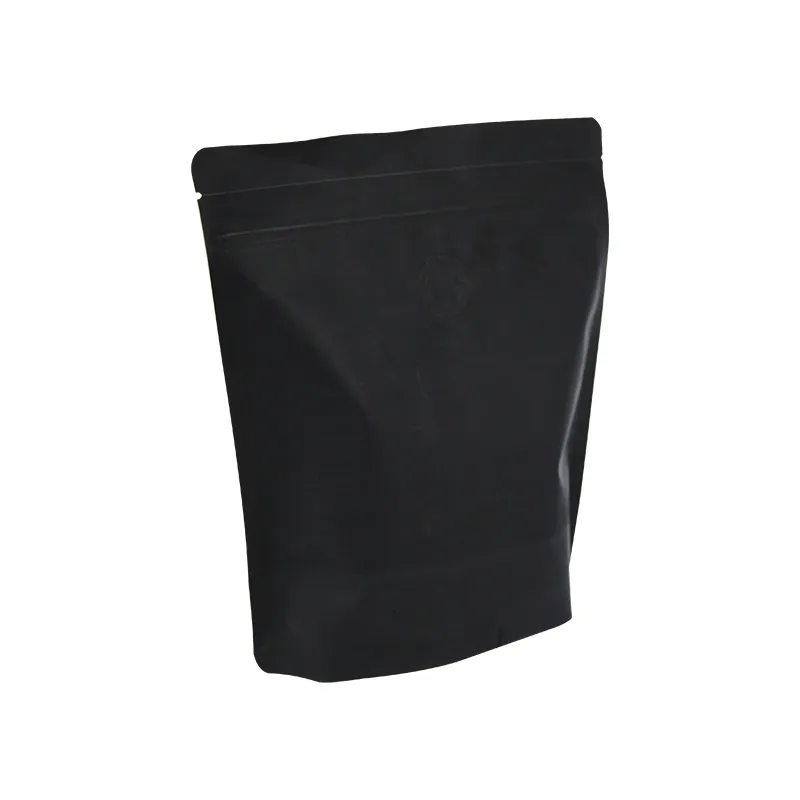- Afrikaans
- Albanian
- Amharic
- Arabic
- Armenian
- Azerbaijani
- Basque
- Belarusian
- Bengali
- Bosnian
- Bulgarian
- Catalan
- Cebuano
- chinese_simplified
- chinese_traditional
- Corsican
- Croatian
- Czech
- Danish
- Dutch
- English
- Esperanto
- Estonian
- Finnish
- French
- Frisian
- Galician
- Georgian
- German
- Greek
- Gujarati
- haitian_creole
- hausa
- hawaiian
- Hebrew
- Hindi
- Miao
- Hungarian
- Icelandic
- igbo
- Indonesian
- irish
- Italian
- Japanese
- Javanese
- Kannada
- kazakh
- Khmer
- Rwandese
- Korean
- Kurdish
- Kyrgyz
- Lao
- Latin
- Latvian
- Lithuanian
- Luxembourgish
- Macedonian
- Malgashi
- Malay
- Malayalam
- Maltese
- Maori
- Marathi
- Mongolian
- Myanmar
- Nepali
- Norwegian
- Norwegian
- Occitan
- Pashto
- Persian
- Polish
- Portuguese
- Punjabi
- Romanian
- Russian
- Samoan
- scottish-gaelic
- Serbian
- Sesotho
- Shona
- Sindhi
- Sinhala
- Slovak
- Slovenian
- Somali
- Spanish
- Sundanese
- Swahili
- Swedish
- Tagalog
- Tajik
- Tamil
- Tatar
- Telugu
- Thai
- Turkish
- Turkmen
- Ukrainian
- Urdu
- Uighur
- Uzbek
- Vietnamese
- Welsh
- Bantu
- Yiddish
- Yoruba
- Zulu
Optimal Storage Solutions for Dry Goods and Food Preservation Containers
The Importance of Proper Food Storage with Dry Goods Containers
In today’s fast-paced world, the way we store our food can significantly impact its freshness and our health. For many households, dry goods, such as grains, beans, nuts, and spices, form the backbone of our pantries. Utilizing appropriate food storage containers for these dry goods is pivotal not only for maintaining quality but also for minimizing waste and keeping pests at bay. In this article, we will explore the different types of dry goods food storage containers, their benefits, and best practices for using them.
Types of Dry Goods Storage Containers
1. Airtight Containers One of the most popular choices for storing dry goods is airtight containers. These containers help prevent moisture and air from entering, which can otherwise lead to spoilage and staleness. Look for containers made from durable materials like glass or BPA-free plastics. Airtight containers come in various shapes and sizes, making them suitable for everything from flour to pasta.
2. Glass Jars Glass jars are not only aesthetically pleasing but are also highly effective for food storage. They don’t retain smells or stains from previously stored food and are often dishwasher-safe for easy cleaning. Mason jars are a popular option, especially for storing items like nuts and spices. Additionally, their transparent nature allows for easy visibility, so you know when it’s time to restock.
3. Plastic Bins For bulk items like flour or sugar, plastic bins offer a convenient solution. They often come with a lid to keep them sealed and may have measuring cups attached, which can enhance convenience during cooking or baking. Be sure to choose bins that are food-grade and free from harmful chemicals.
4. Vacuum Sealed Bags For those looking to maximize shelf life, vacuum sealing is an excellent method. Vacuum-sealed bags remove air, creating a barrier against moisture, pests, and oxidation. While this method is ideal for long-term storage, it is also useful for meal prepping, as it allows for portion control and easy thawing.
5. Canisters Stylish canisters are often used to store commonly used dry goods on kitchen countertops. They come in various materials and designs, allowing for a cohesive look in the kitchen. Ensure that canisters have a tight-fitting lid to keep contents fresh.
Benefits of Using Dry Goods Storage Containers
dry goods food storage containers

1. Extended Freshness Properly sealed containers help maintain the freshness of dry goods for longer periods. This is especially important for items like oats or quinoa, which can become stale quickly if not stored correctly.
2. Pest Prevention Dry goods are often targets for pests like ants, weevils, and moths. Airtight storage solutions deter these pests and reduce the risk of contamination.
3. Organization Using storage containers helps maintain an organized pantry. Clear containers allow for easy identification of contents, making meal preparation faster and more efficient.
4. Space Saving Many containers, especially stackable ones, save space in the pantry or cupboard. This is particularly useful for those with limited storage areas.
5. Reduced Food Waste By keeping dry goods fresh and organized, food waste can be significantly reduced. Proper storage ensures that you can make the most of your groceries.
Best Practices for Storing Dry Goods
- Label Your Containers Labeling your containers with the contents and the date of purchase can help keep track of freshness and ensure you use older items first. - Keep in a Cool, Dark Place Store dry goods in a cool, dry place away from direct sunlight. Heat can degrade food quality over time.
- Check for Moisture If you notice any condensation inside your containers, this could indicate that moisture is entering. Discard the contents as they may have gone bad.
In conclusion, proper storage of dry goods plays an essential role in extending shelf life, preventing pests, and maintaining an organized kitchen. By investing in the right storage containers and following best practices, you can ensure that your pantry remains a place of freshness and convenience. Embracing these methods not only enhances your cooking experience but also promotes a sustainable lifestyle by reducing food waste.













